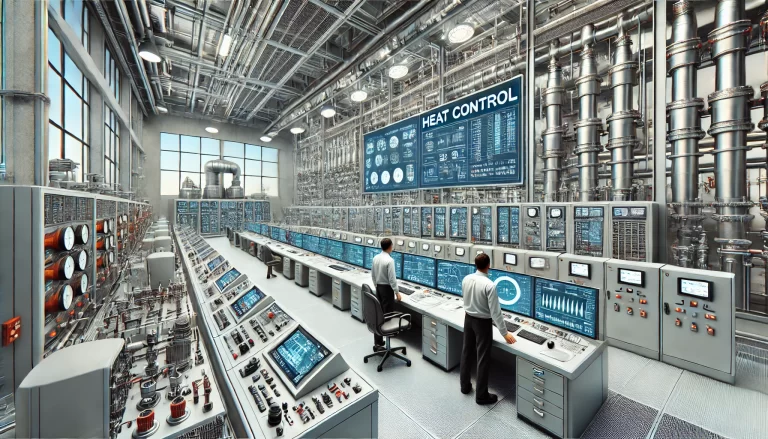Introduction
To make full use of a PLC (Programmable Logic Controller), two main tasks must be accomplished: hardware system configuration and user program design. This article focuses on how to configure the PLC system properly.
System configuration refers to the hardware composition of the PLC. It includes selecting appropriate modules, quantities, and combinations based on process requirements. This process involves not only technical considerations but also economic and maintenance factors.

1. Fundamental Principles of PLC System Configuration
1.1 Integrity Principle
The system must be fully equipped from the beginning. Missing components may lead to serious issues such as project delays, budget overruns, and rework in design or procurement.
1.2 Reliability Principle
Reliability can be assessed from four aspects:
The inherent quality of the PLC hardware.
Technical support provided by the supplier.
Requirements for critical applications.
Whether redundancy is needed.
1.3 Scalability and Development
Given the rapid technological evolution of PLCs, configurations should allow for future expansion and preferably use the latest models to ensure long-term viability.
1.4 Compatibility with Legacy Systems
If the user has existing PLC infrastructure, it is often economical and efficient to maintain brand and model consistency. This allows reusing programming tools, accessories, and even software modules, thereby reducing costs and training requirements.
1.5 Economic Feasibility
The configuration should be cost-effective, balancing between performance, reliability, and budget. Final decisions should be made based on economic benefit.

2. Key Factors to Consider
When designing the configuration, evaluate the following:
Application purpose.
Total number of I/O points.
Environmental conditions (e.g., temperature, humidity, vibration).
Budget and economic constraints.
3. Common Configuration Methods
Four methods are commonly used, often in combination:
Analogy method: Based on reference from similar systems.
Estimation method: For quick approximation based on experience.
Calculation method: Uses detailed I/O lists and load calculations.
Testing method: Practical on-site verification or simulation.

Conclusion
A well-thought-out PLC system configuration lays the foundation for reliable and scalable automation control. By following these principles and adapting to both legacy and modern needs, engineers can achieve an efficient and future-ready control system.
